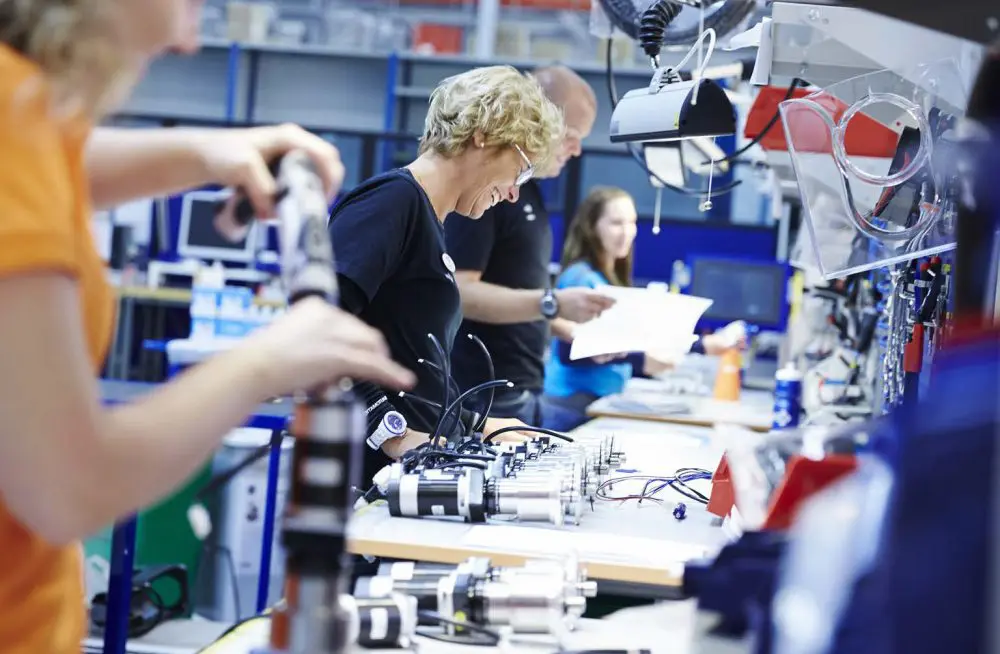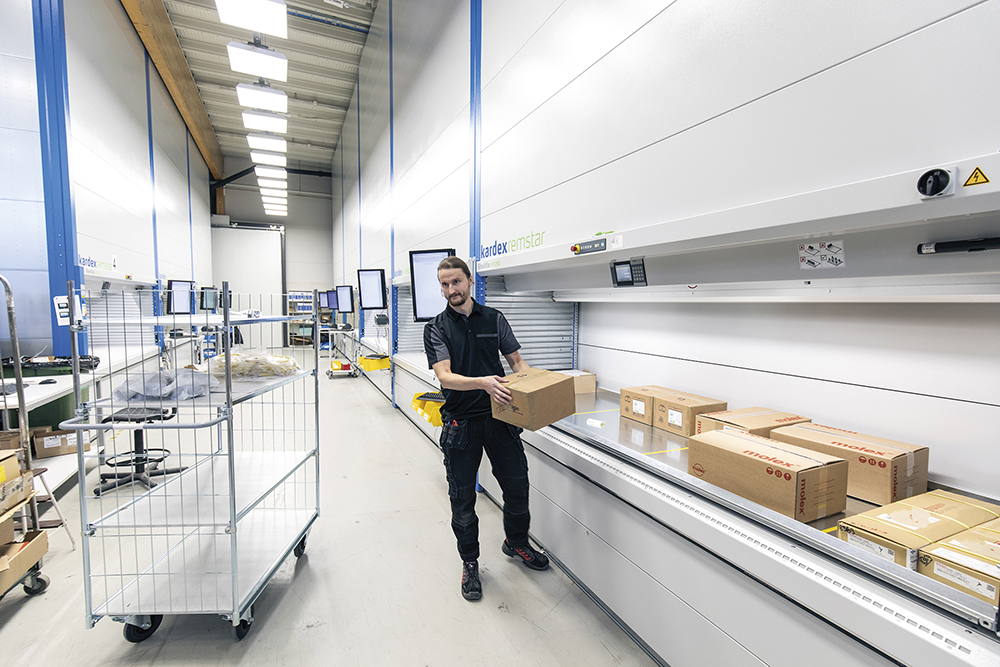With 30,000 customers, mainly in Northern Europe, the OEM Group is a reseller of a wide range of components for industrial applications. OEM offers more than 60,000 products from more than 400 suppliers. The company continuously works to streamline and create commodity flows where automation provides higher cost efficiency, quality and service levels.
Ten-year Partnership with Implema
OEM has had a close collaboration with Implema for almost ten years, including in its scaling investment in integration and automation. With a broad, and sometimes complex, product range, a large number of customers and suppliers, there are challenges in OEM’s investment in integration and automation of business processes. At the same time, the benefits of digitization are significant.

Frank Isaksson is primarily responsible for all integration and EDI at OEM. In line with OEM’s increased goals and ambitions, his role has evolved from processing e-invoices to managing existing EDI flows to becoming a more governing role with a focus on new projects within automation and integration.
The clearest effect we get from automation is that it simply saves us a lot of time and money. Integration and automation also create great added value for our customers and suppliers. We are increasing collaboration and bringing our business partners closer together, says Isaksson.
Implema’s mindset, as well as the way Implema and OEM work together as partners, are key factors in the long-standing collaboration. OEM wants to have an active role in the decisions that are made. With Implema, we can effectively combine OEM’s knowledge of internal processes with Implema’s expertise in ERP and integration.
Fully Automated Delivery Flow
The flow with Epiroc is a concrete example where the time savings have become concrete and significant.
We have created an almost fully automated delivery flow; from forecast to order, order acknowledgment, delivery notification and invoice. I think it is a perfect example of how integration has changed the business and saves both time and money. A large number of messages per day that whiz through automatically. Previously, it took one person half a day to handle today’s incoming orders, which now takes place in an automated flow. Now, only a few hours a week are added to handle what is abnormal.

New Ways of Working – Participation and Training are Important
When developing new integrations, there is close collaboration between a few key people at OEM and Implema, as well as the counterparty, which is the customer or supplier with whom the integration is carried out. Automation of business processes also means that the organization needs to get used to new ways of working.

When the project is complete and the integration starts, the daily work of the business is affected. Therefore, it is important that we involve and train employees early in the process. We need to understand early on how different types of integrations affect different parts of OEM, such as delivery monitoring and finance.
Some who start using EDI and integrations feel that they lose control when invoices, delivery notifications and the like are no longer checked manually. With increased automation, the focus shifts from manual handling to capturing and correcting any errors that may still occur.
Processes and Tools for Successful Integration
To enable a fast and efficient rollout of integration and EDI, OEM and Implema have jointly developed common processes and tools.
Isaksson believes that a clear division of responsibilities and good communication between OEM and Implema are crucial for a successful integration project. A structured project plan is essential, and a kick-off meeting with all parties involved clarifies prior knowledge, commitment and objectives.
We can rarely influence third and fourth parties, i.e. the end customer and supplier, and their working methods. Therefore, it is important that we have a clear plan in partnership with Implema and that we are active so that the project does not drag on or deviate from the planning we have made.

The Entire Organization Needs to be Involved
OEM has already come a long way in its digitization and automation journey, but there is still much it wants to do. Isaksson emphasizes that integration is not just a matter for IT or system managers, but for the entire organization.
To develop in this area, we need to be active. The entire organization needs to be engaged and have a positive attitude towards automation and integration. A positive dialogue is required already during customer visits and supplier visits. I think that the various OEM companies are on the right and good track with this.




